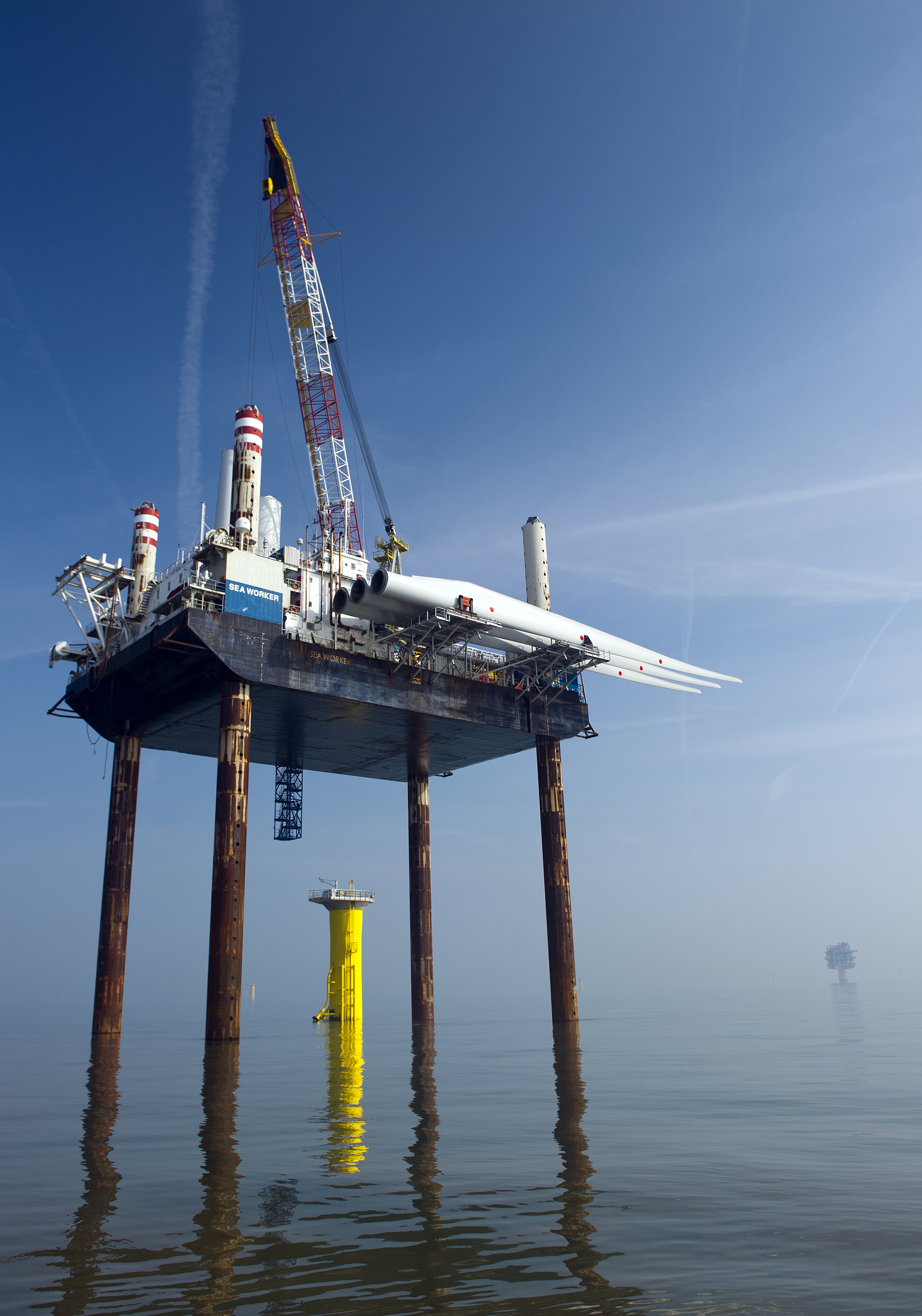
To the untrained eye, the jack-up vessels that perform heavy wind farm maintenance and construction work may look pretty much alike. Comparing tech specs seems like a good way to assess what each vessel can do, but appearances and specifications don’t tell the whole story. To find out what really sets one jack-up vessel apart from another, we spoke to Torben Vinkel, Master of SEA WORKER, one of A2SEA’s purpose-built jack-up vessels.
With three purpose-built jack-up vessels in operation and another under construction in China, A2SEA has offshore wind maintenance and construction needs covered. Its vessels SEA JACK, SEA WORKER and the latest addition to the fleet, the SEA INSTALLER, can operate in a wide range of conditions and water depths – and often in locations where other vessels can’t.
Great legs aren’t all you need

Torben Vinkel, Master of SEA WORKER
At just over 55 metres in length, SEA WORKER is the smallest vessel in the fleet. Equipped with a 400-tonne capacity crane, she can install a wide range of equipment such as monopiles, transition pieces and the latest generation of offshore wind turbines. And with 73-metre long legs, she can work at depths of up 40 metres. And thanks to her impressive leg penetration system, and air-cooled jacking and auxiliary engines, SEA WORKER can operate on sites that dry out at low tide. “Flexibility is important in a jack-up vessel. On the London Array and Anholt projects, our vessels could work in many places were other vessels were unable to operate,” says Torben.
Almost 40 metres longer than SEA WORKER, SEA JACK can work at a maximum depth of 30 metres and has a crane capacity of 800 tonnes. The largest vessel in the fleet, the SEA INSTALLER is 132 metres long and her crane can lift up to 800 tonnes. But it’s not just the vessel specs and hardware that matter.
A winning team
According to Torben, the crew – the software – are just as important. “A good team is vital. You need skilled people who know the equipment well. And they need to have a good relationship with the contractors and clients on board, and the tugboat crews. Our crews know the business and have been working on offshore wind projects for some time, which is a big advantage on any job,” explains Torben.
However, even with the latest equipment and experienced crews, a vessel requires on-going maintenance to stay in tip-top working order. “At A2SEA, we maintain our own vessels, which gives us complete control over our work practices and means we can ensure the highest standards of safety, and quality,” says Torben.
Each project requires the right vessel for the location, a close-knit team of dedicated crew members, and of course, strong behind the scenes support. And with the right combination, offshore wind turbine installation and maintenance is a breeze.
(Header photo by London Array Ltd.)
Like this post? Subscribe now and get notified about new content!